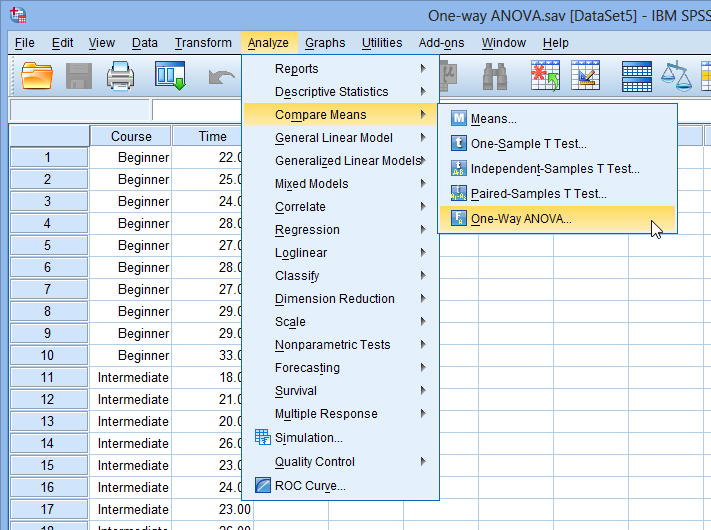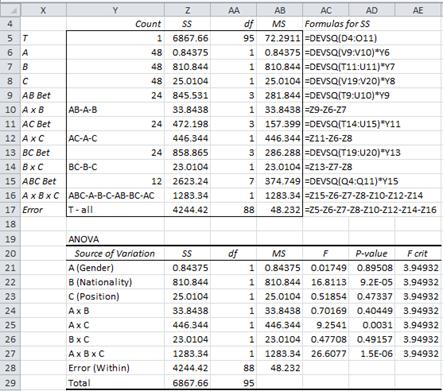
The computations begin once you have clicked on the OK button, then stop to ask you which group is the control group for the Dunnett test. To understand more about the relatively complex subject of multiple comparison tests, we recommend the work by Jason C.

This tutorial proposes a deeper investigation of multiple comparisons. In the Outputs tab ( Means sub-tab), we activated the Pariwise comparisons option to be able to run a Tukey's test and a REGWQ test, we activated the Comparisons with a control option to run two-sided Dunnett's test. The only difference it makes is in the way the model will be written. In the Options tab, we left the constraint option at a1=0, meaning that we want the model to be built using the assumption that the T1 toothpaste has the basic effect on whiteness: we know the average for T1 is the lowest and this guarantees that the other effects will be positive.Īpplying a constraint to the ANOVA model is necessary for theoretical reasons, but it has no effect on the results (goodness of fit, predictions). The second way to select the data is in tabular form, with each column representing a modality of the explanatory variable. The first is in the form of columns, one column for the dependent variable, another for the explanatory variable. In XLSTAT, it is possible to select the data in two different ways for the ANOVA. In this example we want to display the results on the same sheet where the data are stored, so we chose the Range option and selected the cell that corresponds to the top left corner of the results report to be displayed.

To the Dependent variable corresponds here "Whiteness" which variability we want to explain by the effect of the "Toothpaste" formula, the latter being the Qualitative explanatory variable.Īs we selected the column title for both variables, we also clicked on the option Variable labels. Once you have clicked on the button, the ANOVA dialog box appears. Once XLSTAT is open, select the XLSTAT / Modeling data / ANOVA command (see below). The case is a one-way balanced ANOVA because there is only one factor - the formula - and the number of repetitions is the same for each formula. Using the ANOVA function of XLSTAT we want to find out if the results differ according to the formula used and, if so, which formula is the most effective.

All patients had previously used the same toothpaste. The data correspond to an experiment where 4 new toothpaste formulas were each tested on 6 different patients in order to measure their effect on the whiteness of teeth.
#How to run two way anova in excel how to#
This tutorial shows how to set up and interpret a one-way Analysis of Variance (ANOVA) followed by Tukey & Dunnett multiple comparisons in Excel using the XLSTAT software.


 0 kommentar(er)
0 kommentar(er)
